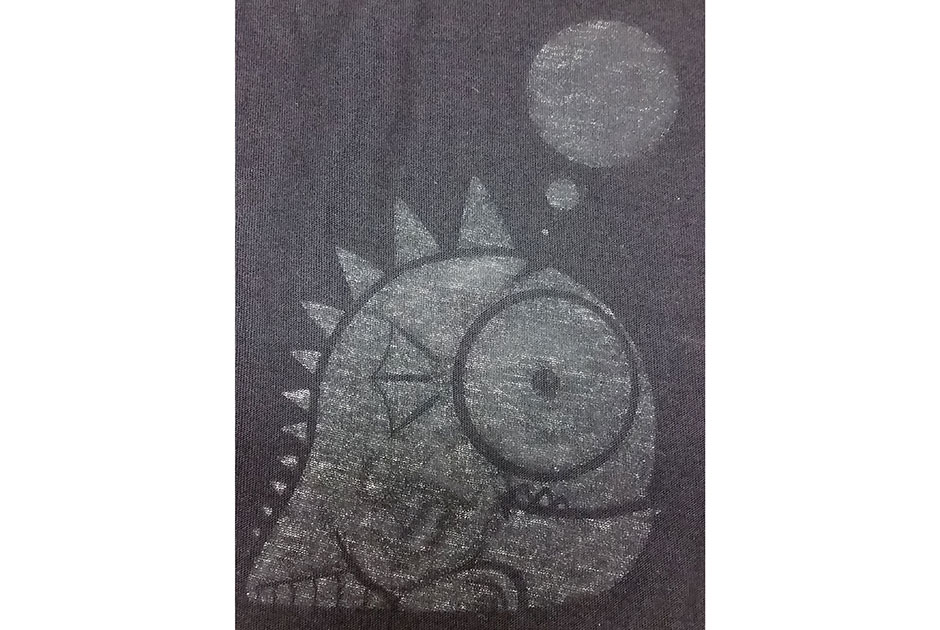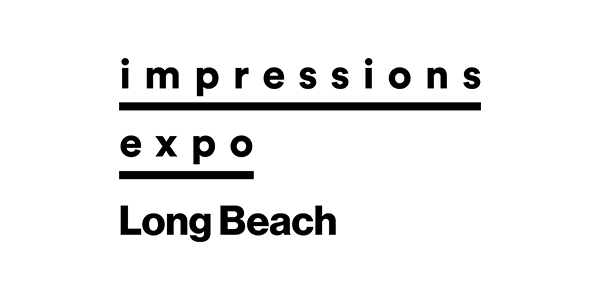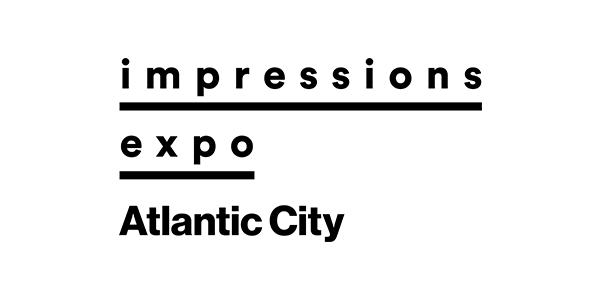“You don’t get paid for what is in the shirt but rather what is on the shirt” is one of the mantras I often repeat to my screen-printing customers. What do I mean by that? Don’t lose sight of the main objective, which is to make money and keep customers satisfied. You can’t do that unless shirts are shipping. The more shirts that ship, the more cash goes back into your company’s bottom line. So whatever you can do to get shirts out the door sooner makes room for more production.
Here are five easy ways to keep ink ON the shirt and boost your bottom line as well:
1. When I visit print shops, I often notice how much ink is wasted. Often too much ink ends up saturating shirts or even being printed all the way to the pallets. Be sure not to use too much squeegee pressure and thus pressing too much ink into the garment. Rather, use only enough pressure to successfully apply the ink to the surface of the garment. This may not sound like it would add a great deal to the bottom line but you would be surprised as to the amount of excess ink that is unnecessarily pushed into the garment.
2. I used to get bonuses for reaching certain production averages and would make sure to adjust all the print head speeds so that one head wasn’t dragging the timing of all the other print heads. Watch all the heads at once and see if one of the print heads isn’t slowing things down more than the others. Adjust all the heads so that the print strokes all finish at the same time and then see if they all can be adjusted a little more to increase the print speed.
If one of the heads needs to run slower to achieve a good print result, then you may consider burning another screen that is lower in mesh count to allow the ink to pass through easier and faster. That way, that station won’t drag the timing down. Taking some extra minutes to review the mesh selection ahead of time can pay off!
3. Don’t skimp on the important stuff. For example I have seen shops coat their screens with as little emulsion as possible to save money, only to see them double or even triple stroke the print to get good coverage. Not only does that technique waste ink, but also valuable production time. They probably would have been able to get the same coverage using one stroke if they had used more emulsion on the shirt side of the screen. They saved a few pennies on the emulsion but spent far more on effort and time – therefore, money – and having to work harder on the actual screen printing part.
4. Try adding some of the specialty inks like glitter, puff, high density etc. to your offering. If you do your homework and do it right, it’s not difficult or really that much more costly to produce a print with special effects, but the end results are so impressive that you can add a substantial up-charge for the effect, adding that to the bottom line.
5. I can’t stress enough about the importance of using tight mesh. Everything is easier when the mesh is at the proper tension. The ink flows better, thus the squeegee can run faster, less squeegee pressure and less off-contact is required. If you are printing manually, the difference can be huge.
I can’t think of one negative thing that a properly tensioned mesh will do. Tight mesh will add to your bottom line. Screen mesh is relatively cheap, so if you have some screens that need to be re-stretched, the added productivity gains far outweigh the cost of re-stretching.
Again, I’d like to reiterate another motto: “You get paid for what you ship,” so anything you can do to produce more in less time will pay off. I’m not saying to necessarily spend money on something more costly, but rather, do your homework. Test a few different emulsions to see which is best for your shop. Have the right tools at your disposal, such as different squeegee durometers (softer blade adds more ink, harder blade prints less ink, etc.), so that you can quickly adjust your print parameters and keep production running smoothly and efficiently.
Kieth Stevens is the Western regional sales manager for International Coatings. He has been screen printing for more than 42 years and teaching screen printing for more than 12 years, is a regular contributor to International Coatings’ blogs and won SGIA’s 2014 Golden Image Award. He can be reached at [email protected]. For more information, visit iccink.com and read the company’s blog at internationalcoatingsblog.com.





